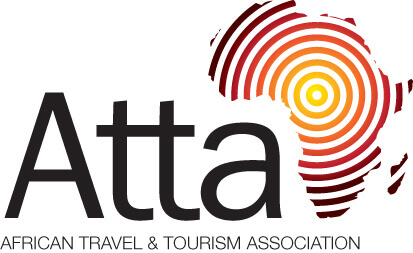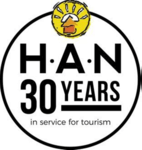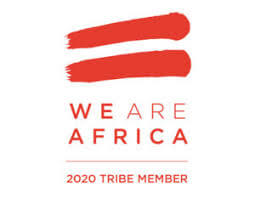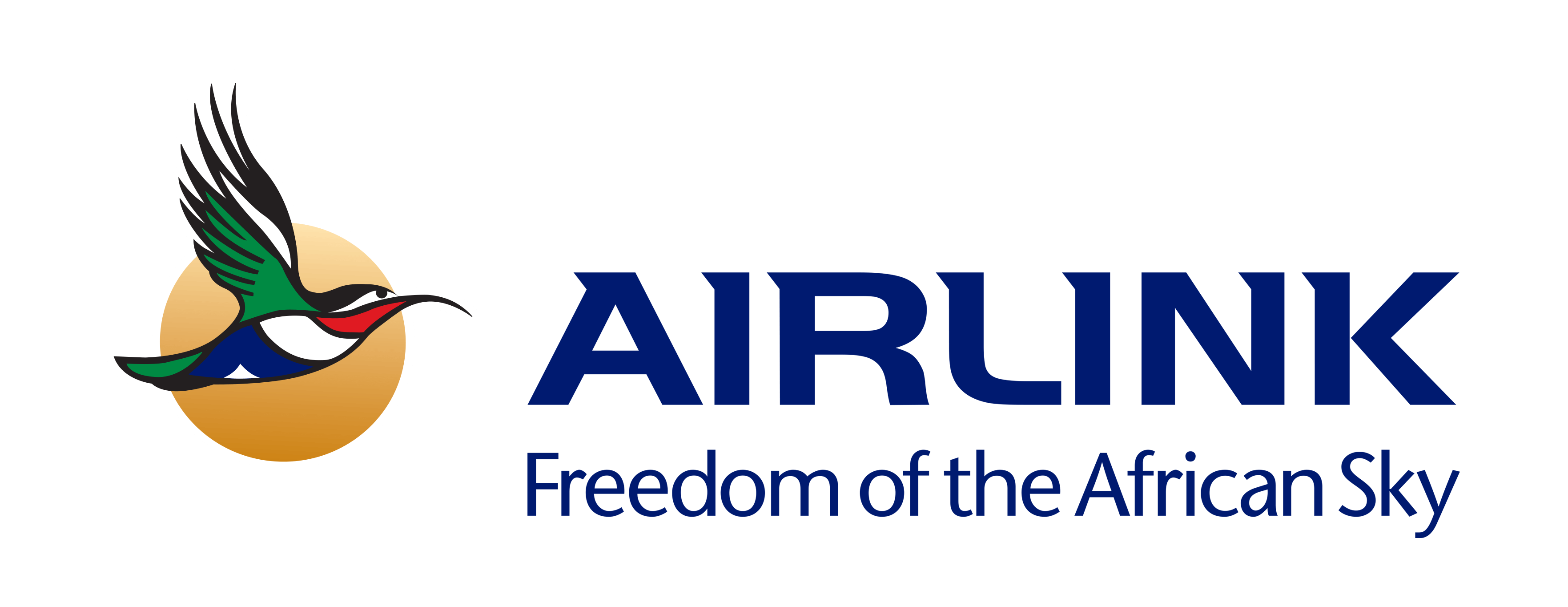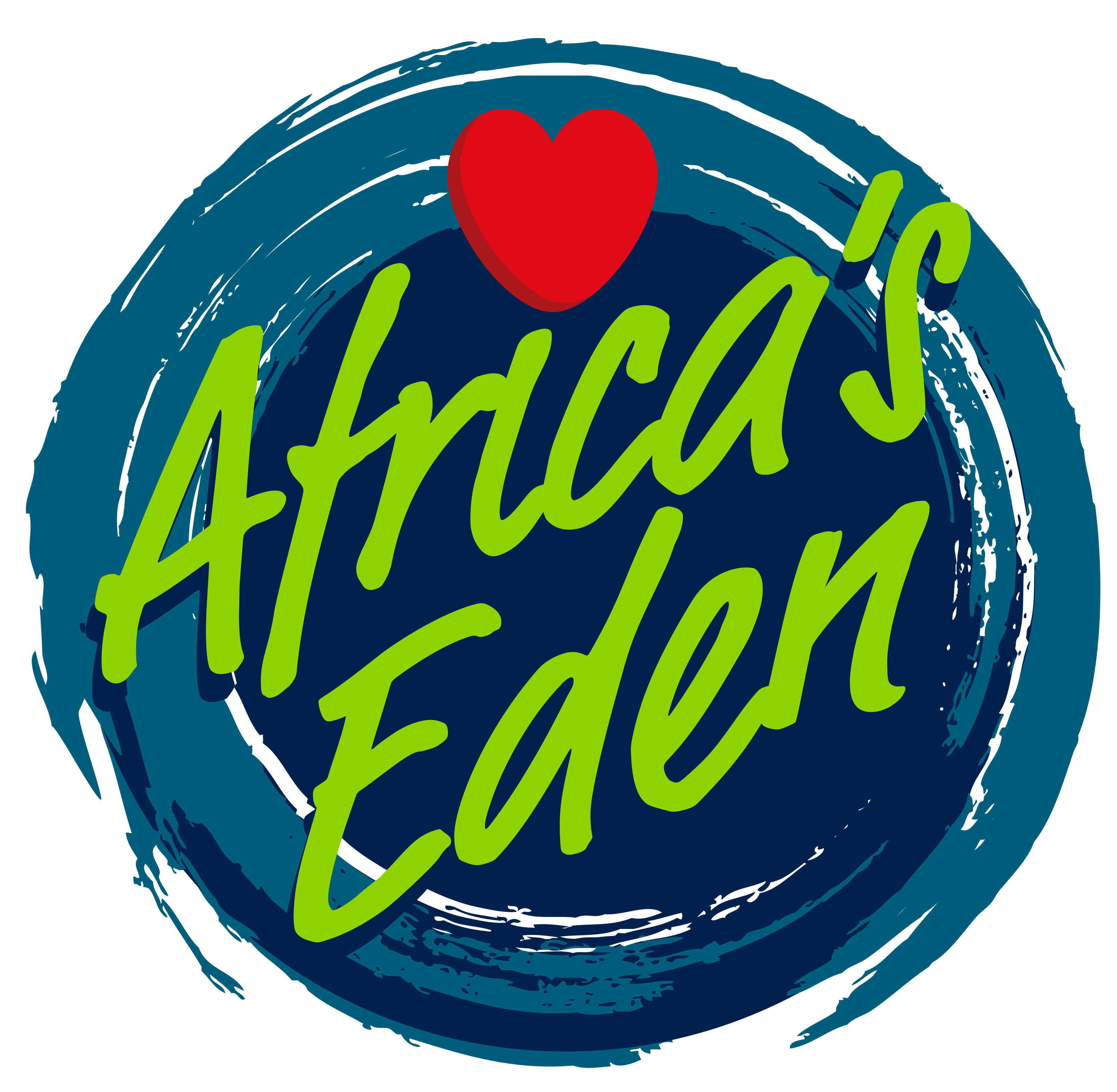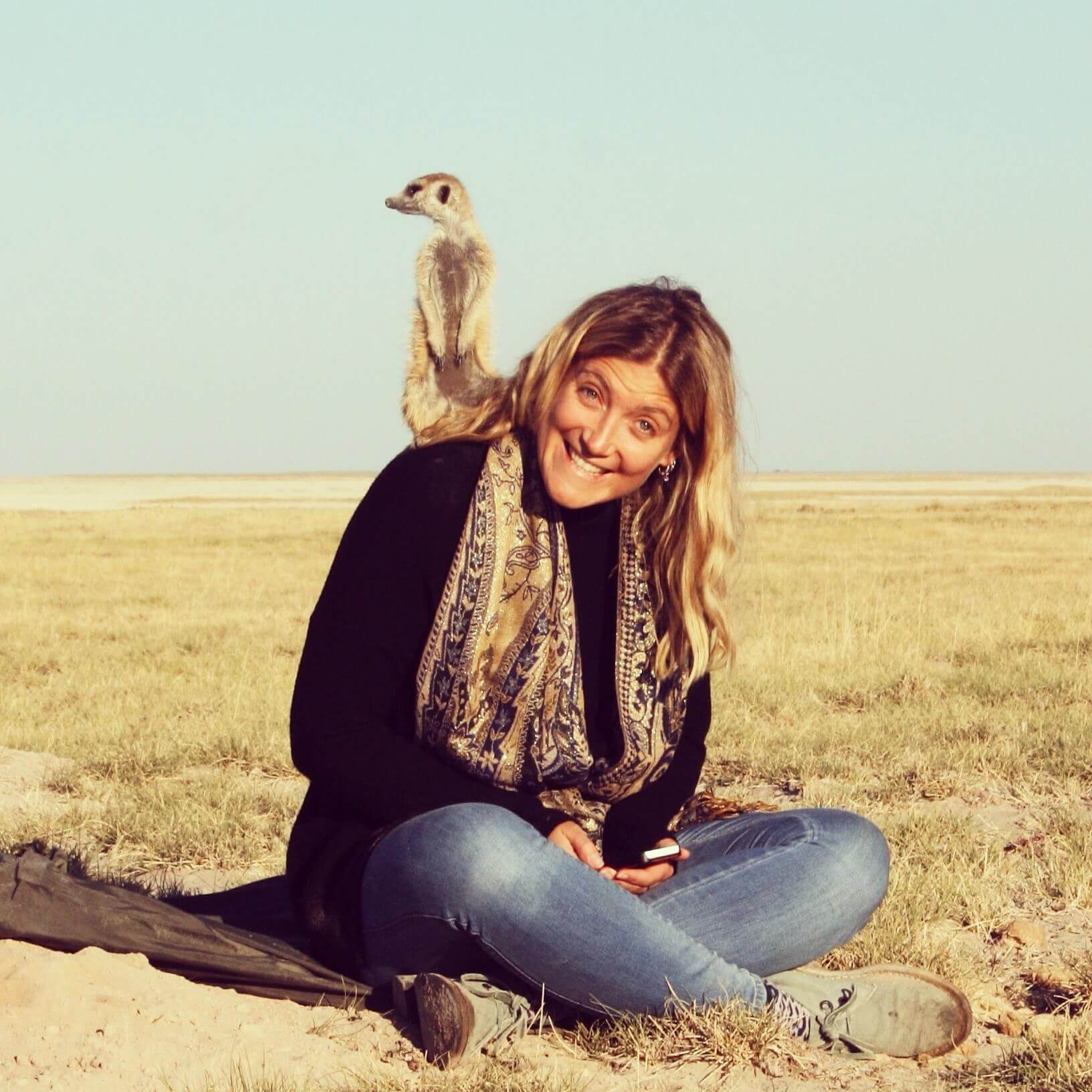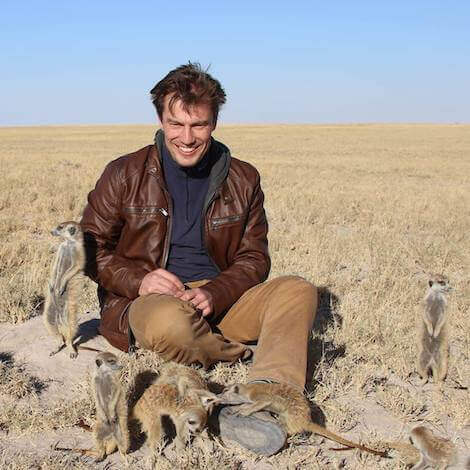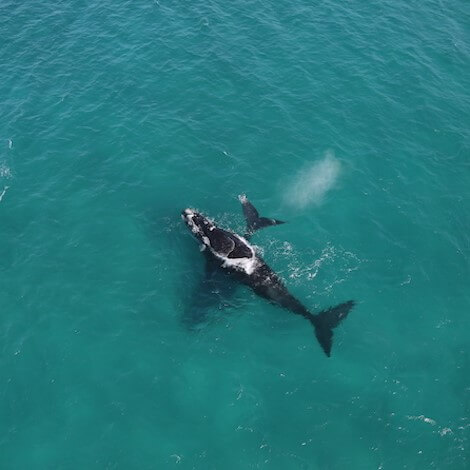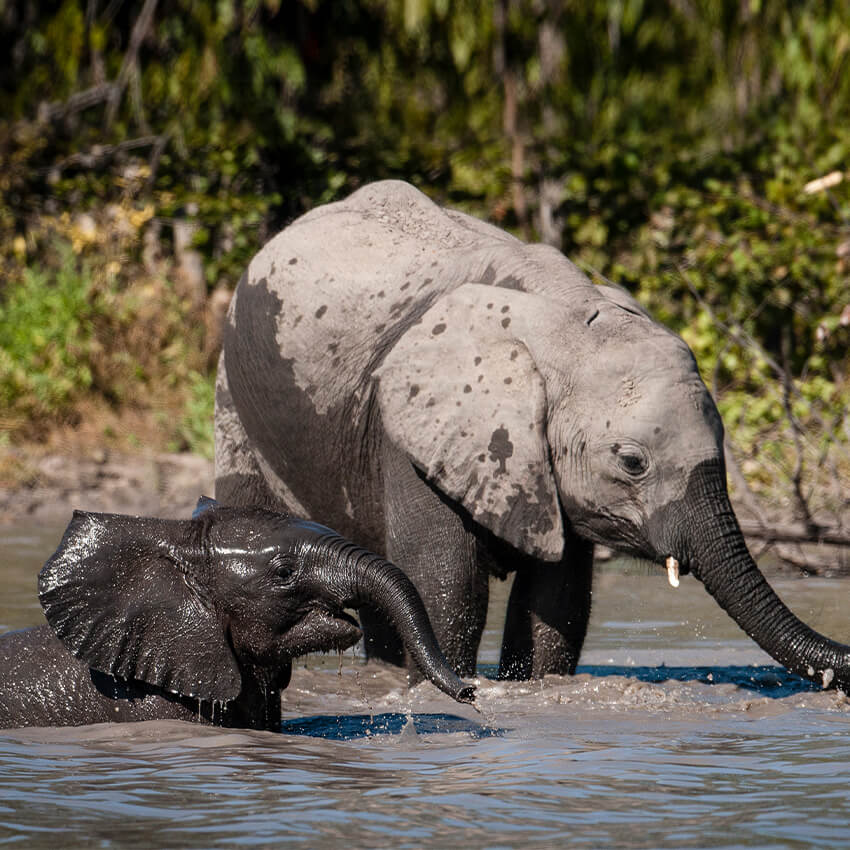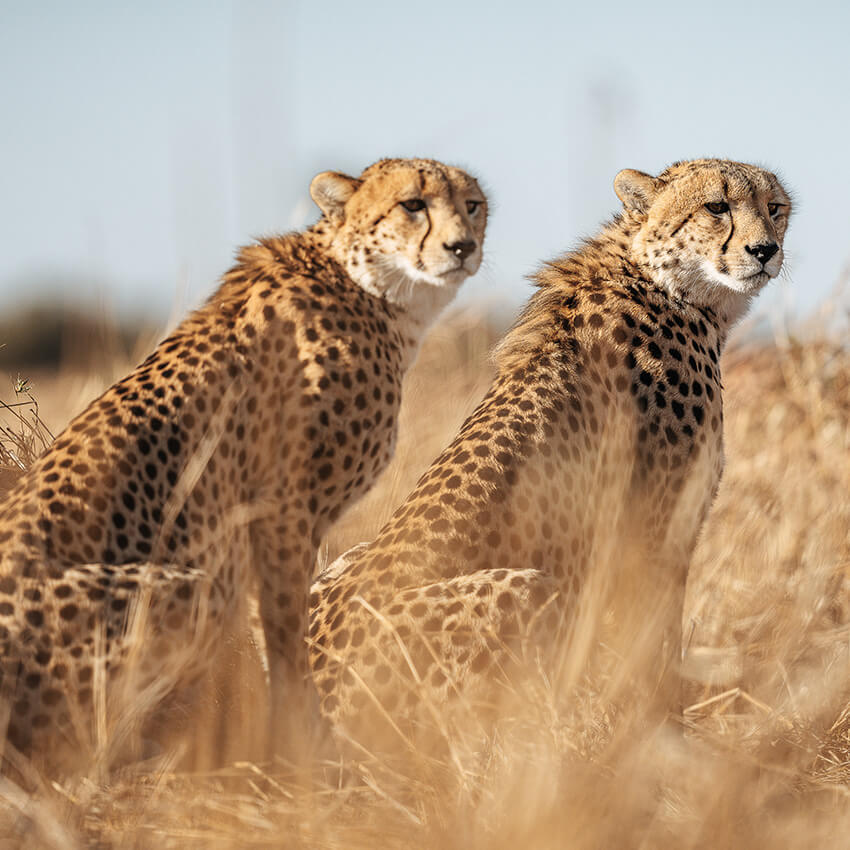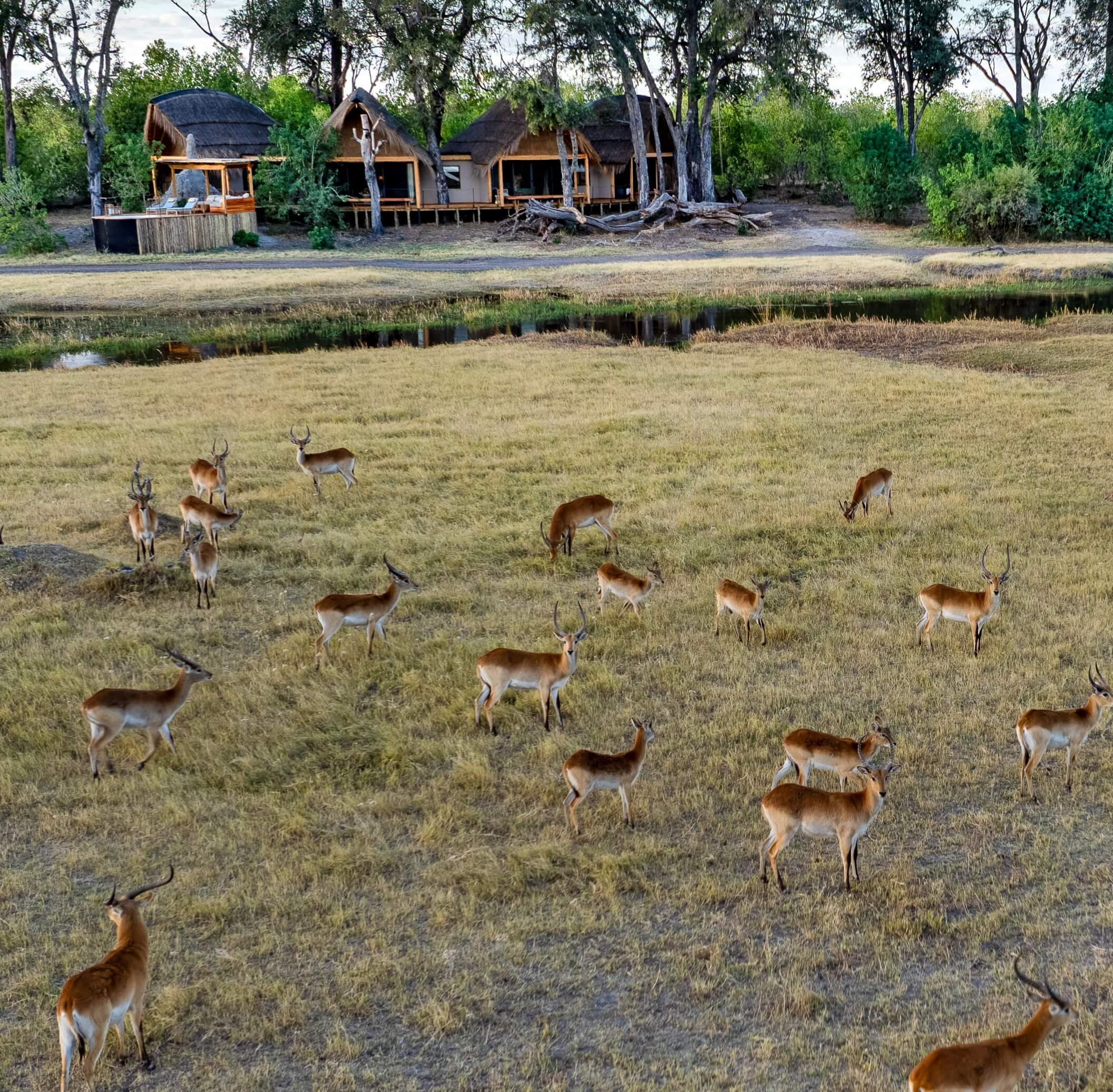Active
Popular
Kwessi Born and Bred: Gert Tsaobeb
 Pru Allison
Pru Allison
 October 14, 2024
October 14, 2024
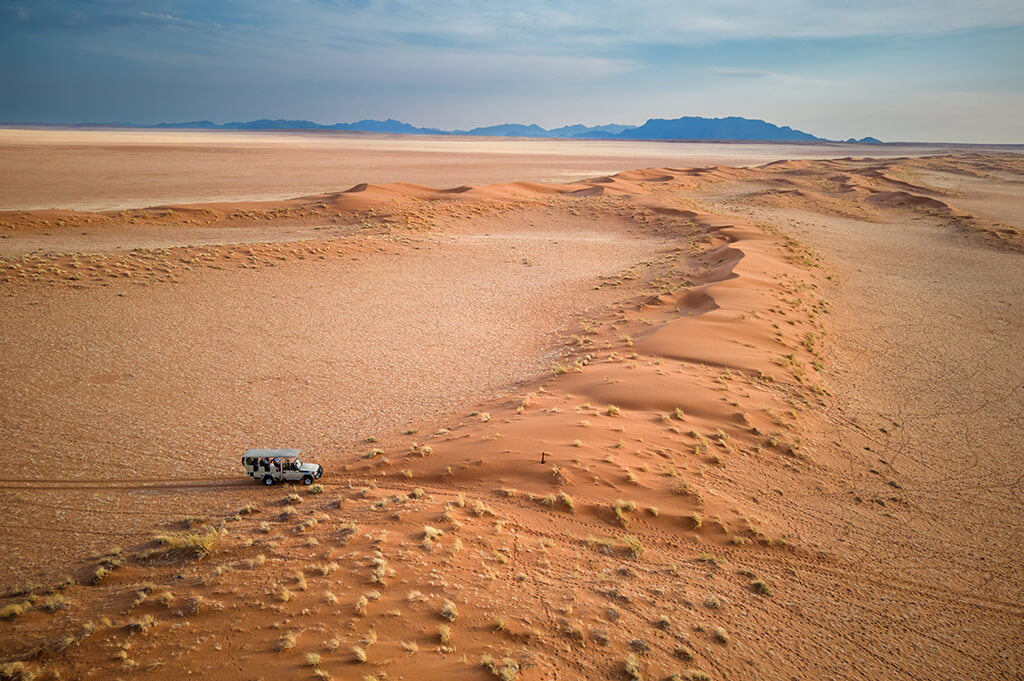 The vast desert wilderness of Namibia’s striking NamibRand Nature Reserve extends to more than 200,000 hectares encompassing rolling desert plains, craggy mountains and iconic red dunes. Here time stands still and space bowls on forever. It’s here, among ochre sandscapes and ethereal fairy circles that Kwessi Dunes sits, enabling travellers to venture out and explore this incredible landscape for themselves. These explorations take place under the watchful eye of Gert Tsaobeb, a man who knows this land better than most.
The vast desert wilderness of Namibia’s striking NamibRand Nature Reserve extends to more than 200,000 hectares encompassing rolling desert plains, craggy mountains and iconic red dunes. Here time stands still and space bowls on forever. It’s here, among ochre sandscapes and ethereal fairy circles that Kwessi Dunes sits, enabling travellers to venture out and explore this incredible landscape for themselves. These explorations take place under the watchful eye of Gert Tsaobeb, a man who knows this land better than most.
Gert, widely known as Papa-G is our Head Guide at Kwessi Dunes and he has known this area since he was very small.
“I was born on a farm in Hauxabfontein,” he explains. “Which is about 40 kilometres east of Kwessi at the base of the Zaires mountains. This area used to be used for Karakul sheep farming before the sheep were wiped out by drought during the 1980s.”
This is a region that Gert has known since he was very small, as both his parents also grew up here and then lived and worked here for a variety of farms and owners. “My parents have been in this area since they were born,” notes the guide. “My father was born on Farm Elim in 1933 which is now part of the Namib Naukluft Park, northwest of Sesriem. My mother was born on Farm Netherhakan in 1934.”
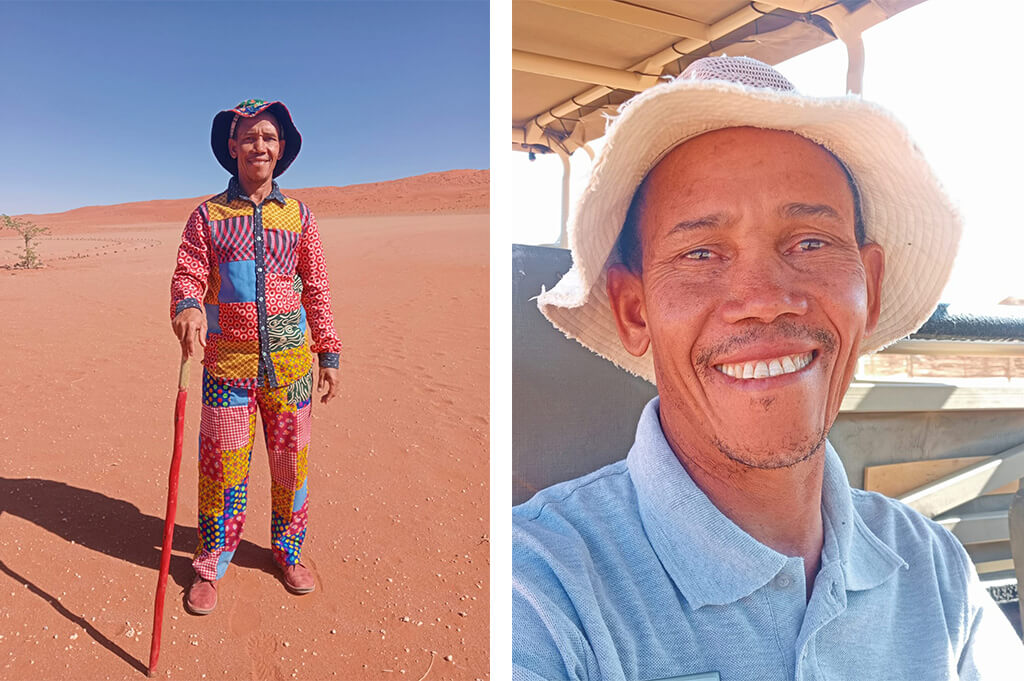 Because of the employment opportunites that sheep farming in the area afforded Gert’s parents, they both stayed in the vicinity and now live in the small village of Maltahohoe which is also where Gert calls home. The village is around 150 kilometres southeast of Kwessi Dunes.
Because of the employment opportunites that sheep farming in the area afforded Gert’s parents, they both stayed in the vicinity and now live in the small village of Maltahohoe which is also where Gert calls home. The village is around 150 kilometres southeast of Kwessi Dunes.
“The lodge sits on the site of the old farmhouse of Kwessiegat,” Gert recalls. “’Kwessie’ is an old Afrikaans word that means ‘misunderstand’ and ‘Gat’ means ‘hole’ which in this case was borehole. There was a kwessie between two brothers over the bore gat and so the farm was called Kwessiegat.”
Papa G has seen many changes during his time in this part of Namibia. “Between 1980 and 1990 this area was very quiet,” he tells us. “After independence in 1990, tourism began and became the fasted growing industry in the country. Lodges were established and hundreds of kilometres of fencing was removed to allow animals to migrate across vast distances in search of grazing as they would have done in the past. This facilitates a robust and natural ecosystem. The old farms have become guest farms, guest houses, campsites and lodges.”
Gert’s life may have centred around the NamibRand area but he’s well versed in Namibia as a whole too. “I have pretty much lived in this area all my life,” he smiles. “Although I have explored most parts of Namibia to expose myself to new areas and build experience and knowledge in field guiding. Before Kwessi Dunes I was working as a tour guide in other parts of Namibia.”
As guests who’ve travelled to Kwessi Dunes will attest though, the lure of the NamibRand is strong and Gert couldn’t stay away for long.
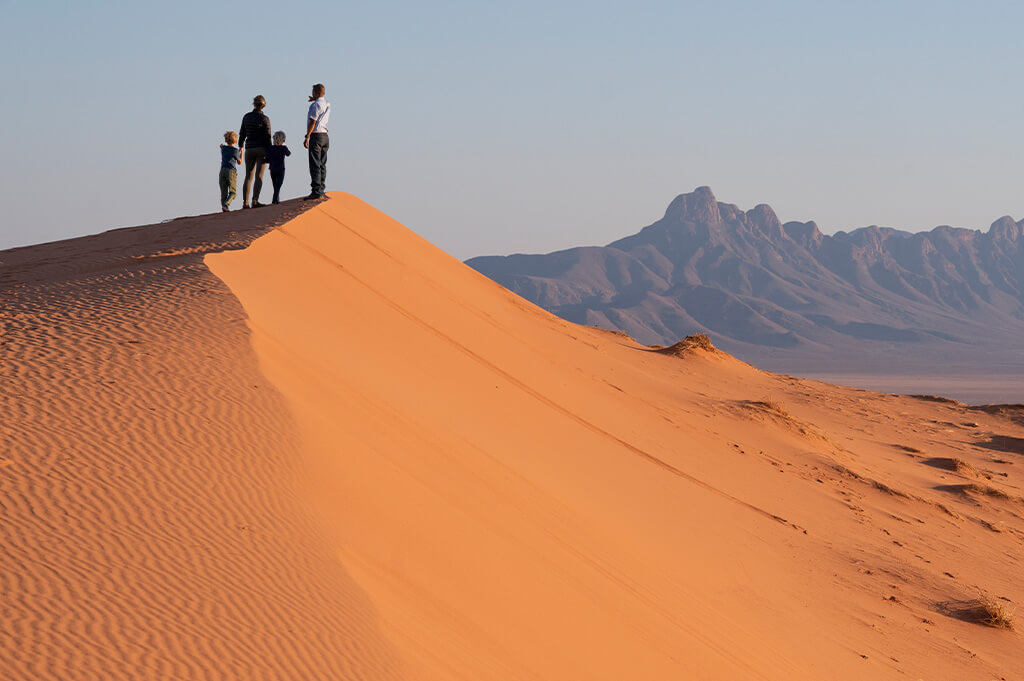
“This is the oldest desert in the world with some of the highest sand dunes,” enthuses our Head Guide. “There is some unique, endemic flora and fauna and great diversity of endless and beautiful landscapes and Sossusvlei is a World Heritage Site. Here, the sound of silence becomes loud, the sand and the rocks start to speak to you and the wind has a voice. The oryx are the only ones who can negotiate the heat and dust, and only those who carry the spirit of the Namib will survive here. A visit here will open your eyes and you’ll learn to appreciate this ‘no man’s land’.”
This is such a special place to Gert that he takes the responsibility of showing it to guests very seriously and it’s important to him that travellers come to appreciate this part of Namibia.
“It’s a place where you feel at home away from home,” nods Gert. “What makes the real difference is disconnecting from the outside world and connecting back to nature. We allow space for that connection to nature here. Guests can feel their souls and their bodies can feel the touch of the sand, the rocks and the air around them. To be a nama from the nama ethnic group is what I love the most. Our culture represents our identity to the region. Our click language is one of the oldest spoken languages in the world and guests love to listen to it.”
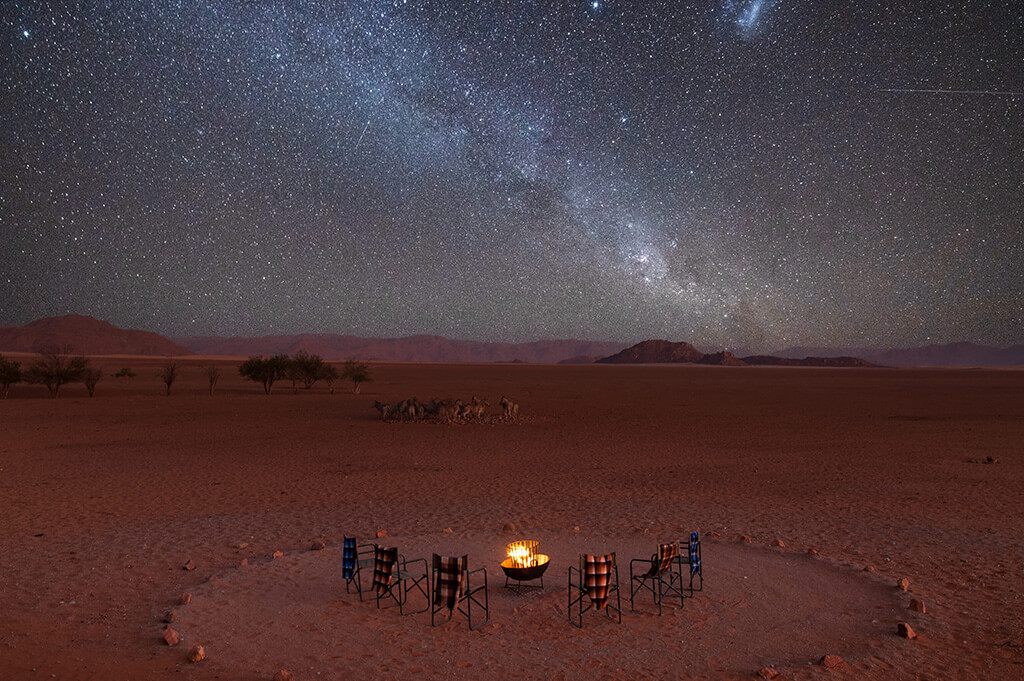 The enormity of the landscape here is something that always resonates with visitors and it extends skywards. The NamibRand is Africa’s first designated International Dark Sky Reserve meaning it’s one of the least light-polluted areas in the world. Those who visit appreciate how precious this environment is and Gert is passionate about its conservation.
The enormity of the landscape here is something that always resonates with visitors and it extends skywards. The NamibRand is Africa’s first designated International Dark Sky Reserve meaning it’s one of the least light-polluted areas in the world. Those who visit appreciate how precious this environment is and Gert is passionate about its conservation.
“Conservation is the key to environmental protection,” he shares. “Eco tourism with responsible management helps to maintain the environment for future generations.”
As Head Guide Gert spends his days sharing his love of the reserve, and in return he sees even more of the world through the eyes of his guests. “Meeting people is the thing I love most about my job,” he confides. “It’s an opportunity for endless learning about the diversity of cultures, history, current affairs and economics. People dream for years of coming to Africa and the most challenging part of my job is making sure their dreams come true.”
That might seem a daunting challenge, but it’s one that Gert adeptly navigates, inspiring many a traveller not only to return to this remarkable part of the world, but to really care about its conservation.
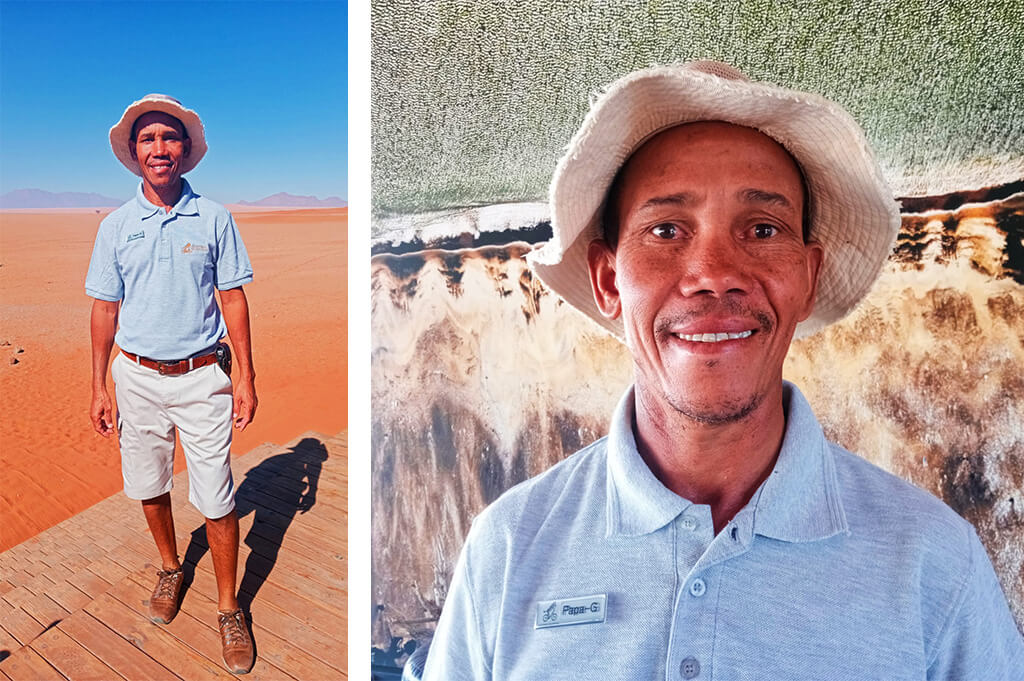
Special Offers
Our special offers are designed to help you experience everything southern Africa has to offer whilst also saving some all-important pennies. Whether you’re about to embark on a once-in-a-lifetime solo trip, or are celebrating a special occasion, have a peek at our offers and see what could be in store for you.
